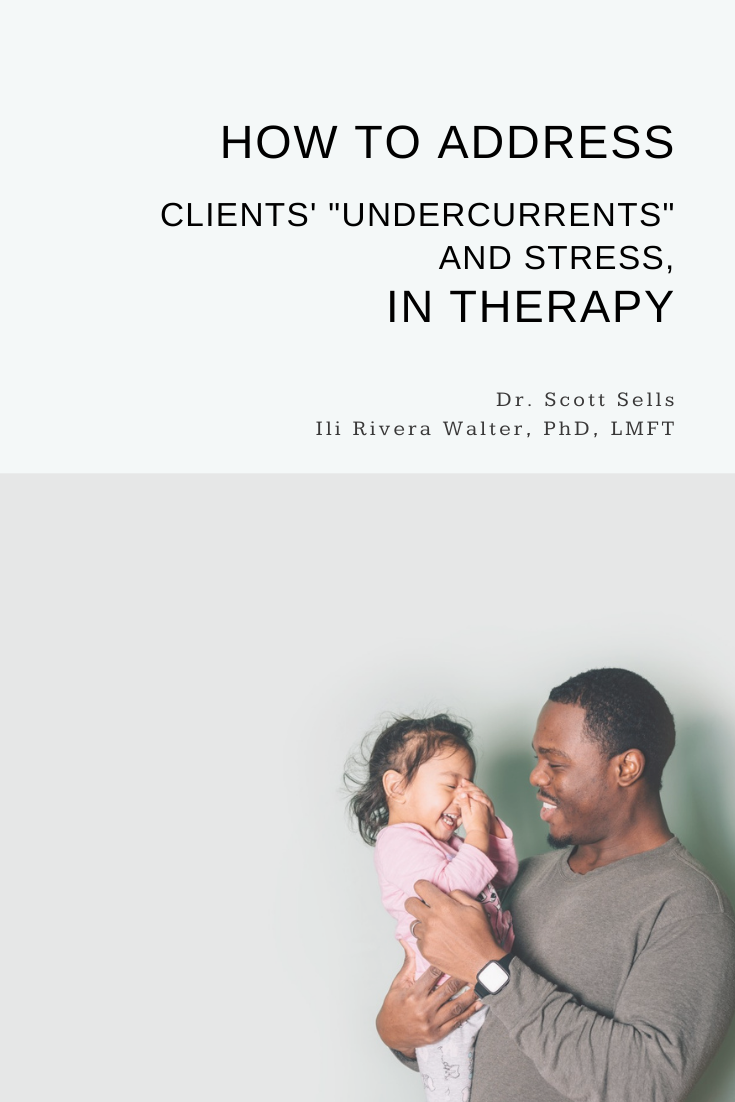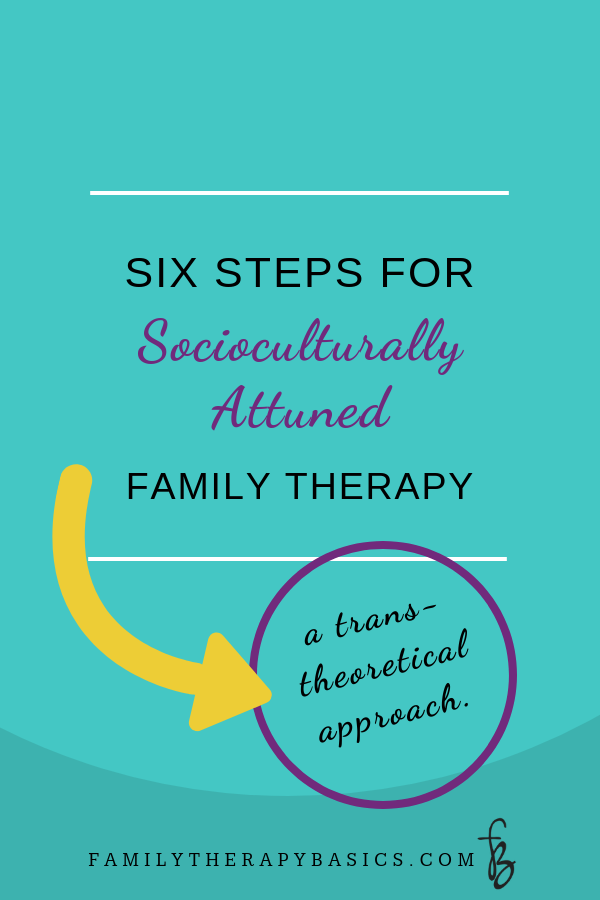In Children In Family Therapy, Part 1, I explained the importance of thinking and working from a systemic perspective as it relates to managing the battle for structure. In addition, I elaborated on the following guidelines for working with children in family therapy:
The presenting problem is a window into the system dynamics that contribute to the problem.
Parents are your allies as well as members of the system. This gives them a unique position.
Keep in mind the age and developmental stage of each family member, as well as the family system.
If you haven't yet read part one, find it here.
In the following post, I cover guidelines 4-6 for working with children in family therapy, as well as what each guideline contributes to the therapeutic process.
Guideline #4: When parents bring children to therapy, they are likely experiencing helplessness. They are tired.
Likely, parents' call to you, the therapist, was not their first attempt at finding solutions for their problem. They may have sought advice from books, a friend, pastor, school psychologist, and so forth. By the time they decide to call a therapist, they've tried at least a handful of strategies that haven't led to significant, or consistent, progress.
Therefore, parents often enter the therapeutic process weary and confused.
This matters, because parents' previous efforts and their relationship to the problem influence their interactions with each other and their child. For this reason, their emotions and perspectives must be acknowledged and normalized. Further, normalizing and empathizing with each parent builds the therapeutic alliance, and it’s that alliance that recruits parents into partnership with you as resources and allies in therapy.
Your role, however, is to not only empathize and normalize parents' past efforts, but also to reassure parents that change is possible; that is, to instill hope.
Guideline #5: Don’t go it alone! Assessment and treatment often require referrals.
In addition to the personal and systemic problems children bring to therapy, they are often managing a variety of changes relevant to their age and developmental stage (as discussed in part one).
Remember to assess from a bio/psycho/social perspective, by referring the child and/or parents to relevant professionals for screening and concurrent treatment. Co-occurring individual and family challenges may include marital discord, substance use/abuse, learning disabilities, bullying, among others.
Also, don't go it alone by thinking of the therapy session as the only treatment environment. This puts the burden for change on your shoulders. Engage parents and children during family sessions with processes they can master, and then repeat at home. The majority of "treatment" and change occurs outside the therapy room.
Involving additional professionals, when indicated, matters, because it broadens the picture of the problem (for you and the family), and it broadens the family system’s resources.
Consider involving additional family members, when possible (grandparents, aunts, uncles, etc.), if they serve, or can serve, as a support to the family, or if they are significant contributors to the family's dynamics (see #2 in this article).
Guideline #6: Allow everyone’s voice to be heard.
“Being heard is so close to being loved that for the average person, they are almost indistinguishable.” --David Augsburger (Professor of Pastoral Care and Counseling at Fuller Theological Seminary)
We are facilitators of listening, and therefore, love. I don't mean love in a simplistic, emotional sense. Rather, I mean love as action. As therapists, we bring people together by inviting their expression. In family therapy, this expression is needed in order for connection between children and parents to develop.
To create an environment where every voice has a place, start at the beginning--with joining. The way you join makes a difference.
For example, if you adopt a neutral position, one in which you are on the side of the system, change, the goal, or some other concept, rather than a person, family members may experience you as distant.
On the other hand, if your stance is one of consecutive siding with each family member (see this post, and multi-directional partiality), then every family member will see you as on their side. This is not siding in terms of an alliance or coalition. It's siding-as-support. You support individual family members, as they work to engage--to bring their voice into the therapy room (Boszormenyi-Nagy & Krasner, 1980).
This matters, because truth, and every family member contending with the truth of their loved ones, makes room for and motivates change.
Summary
Empathy, support, and expression are qualities that allow for relational change in therapy. In addition, they are skills family members learn in therapy that can be taken to their home environment Therapy, for children and their parents, can be a space where family members move from repetition in relating, to welcoming and integrating each other's changing needs and identities.
Next in this series
The last guideline, number six, must be your compass as you work with families in therapy. You must believe it wholeheartedly in order to be effective. In the next article in this series, I'll explain this guideline, along with important interventions for working with children in family therapy. Stay tuned!
Let's Chat
Let me know, in the comments below:
What question, if any, do you have about the information in this post?













